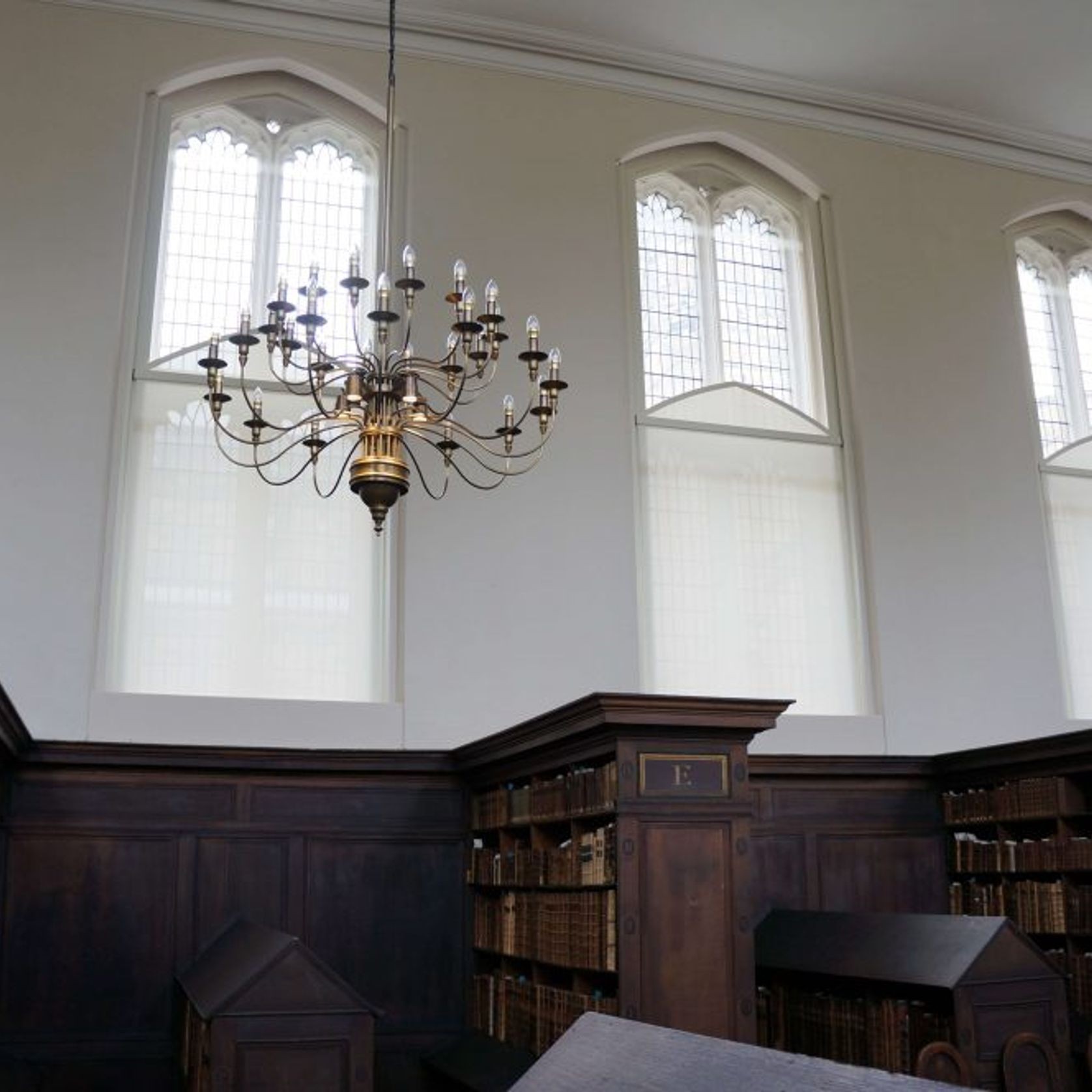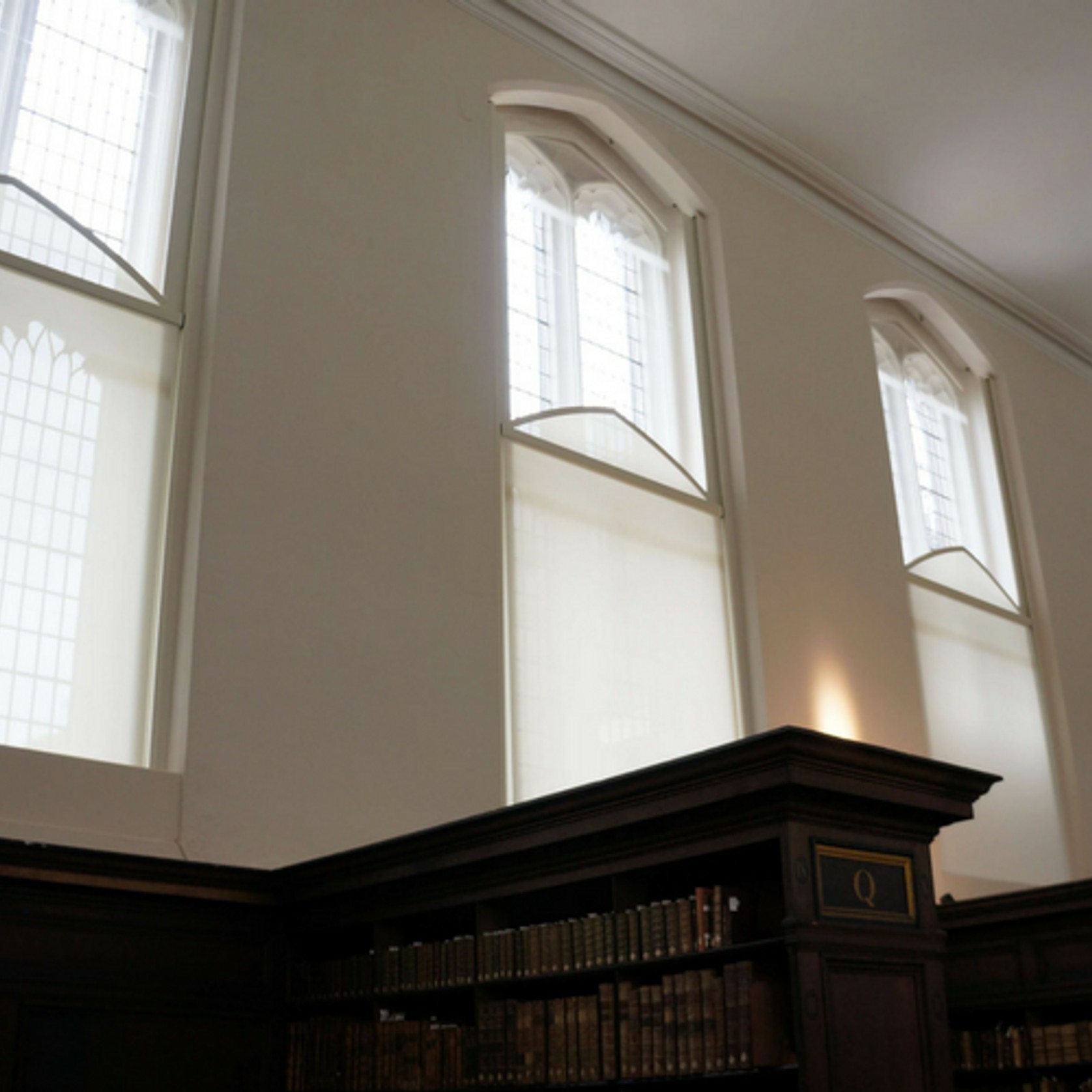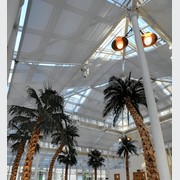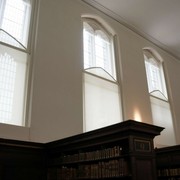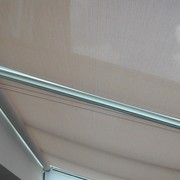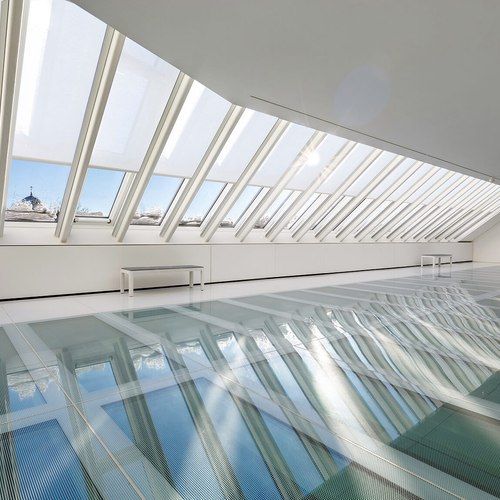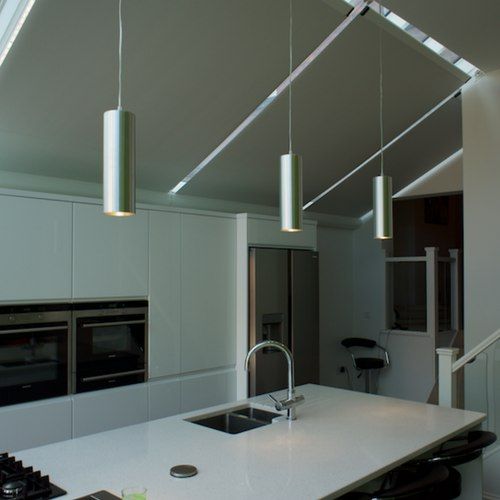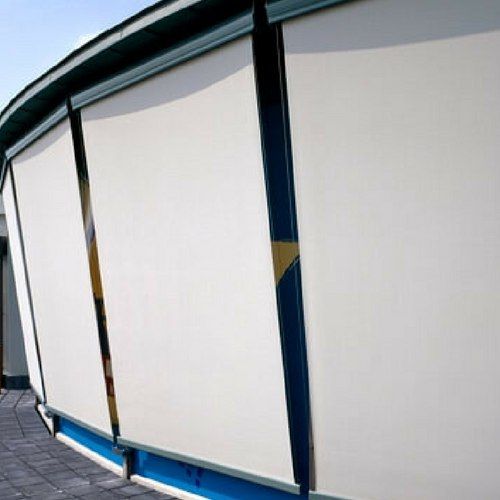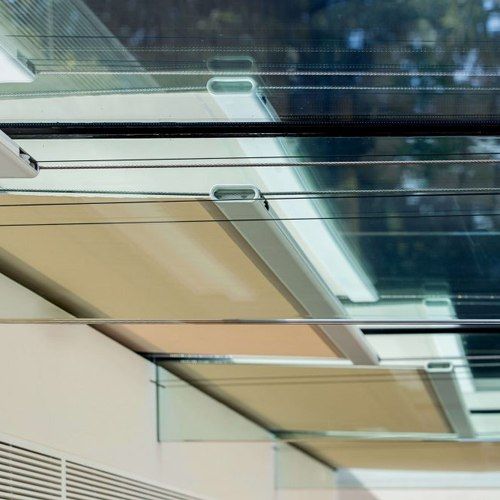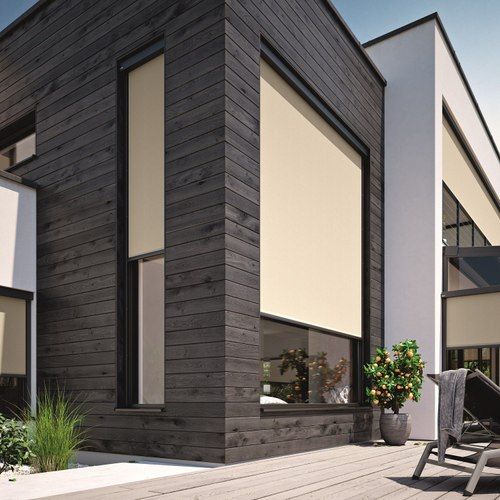TESS™ 120 - Internal Skylight System
TESS™ 120 - Internal Rail-Guided Tension System
Designed to minimise the load imposed on your structure. Any angle, any direction, anywhere.
Where tensioned fabric is required for lighter structures, the TESS™ 120 is the answer. The aluminium frame retains the tension force of the blind, and the weight of the system is distributed via multiple fixing points. Unlimited colour finishes and a wide range of fabrics make it suitable for any project. The single barrel mechanism keeps the fabric constantly under tension and produces a smooth, quiet travel.
This product is designed and engineered by Guthrie Douglas -
- a unique team of specialist engineers with the sole focus of creating technical shading systems for extraordinary spaces. They are problem solvers, tinkerers, and sticklers for detail.
Through Artisan, Guthrie Douglas will collaborate with architects and design teams as early in the process as possible, to specify a shading system specific to your project, that will disappear into its surroundings when not in use, harnessing the power of light and shade as positive architectural features, rather than restrictions or problems to be overcome later.
For more information about this product contact blinds@artisancollective.co.nz
- CategorySkylights and Roof Windows
- RangeShades
Typical Use - Internal. Light Structures, Retrofit
Width - 870mm - 4000mm
Shape - Rectangular
Running direction - Any
Guides - Aluminium profile
Draw - ≤6500 mm
Fabric area - ≤16 m²
Brackets - Aluminium
Relieving rollers - Aluminium
Finish RAL Powder Coat
Other products
in this range
About the
Seller
With 40 years of experience in the luxury flooring and interior finishes market, Artisan are the best people to help you make the right decision on product, texture and colour. Our design consultants will listen carefully to your design brief and source the very best product fit for purpose and within budget. Artisan hand-pick natural, sustainable raw materials such as wool, timber, coir and sisal to manufacture products that are durable and retain their looks with age. Through this authentic approach, coupled with a refined and timeless design aesthetic, we skillfully create welcoming interiors, contributing beauty, warmth and comfort.
Ethical Production.
Our handmade rugs are all ethically produced, we work with our suppliers to ensure no child labour is used in our production and that fair and ethical working conditions are maintained.
To provide an essence of how rugs are produced by many of our suppliers, we would like to recite the incredibly apt words of world famous rug designer, Lila Valaden.
"The art of carpet weaving is one of the oldest cultural achievements of many nations. The complete process is based on an old tradition allowing nomads a self- sufficient and sustainable way of life. Contributing to maintaining this age-old craft, whilst supporting local communities, families and education. For us, sustainability is not just a word. It sits at the heart of how we trade and produce carpets around the world."
Natural Materials.
Our natural fibre flooring is imported from exotic destinations around the world. Sisal, extracted from the Agave Sisalana plant, is grown in Brazil, Mexico, China and Africa. Jute is made from the root of giant corchorus plants grown in Bangladesh. Seagrass is collected from the paddy fields and riverbanks of China and Vietnam. And Coir, a fibre hand removed from the coconut husk, is grown on the swaying palms of India.
Once Sisal, Seagrass, and Jute are harvested, the fibres are graded for length and quality. Then after colouring and drying in the sun, they are spun into yarn or cords suitable for weaving. Coir, the toughest fibre, is first softened in seawater lagoons and pounded into a soft filament, ready for spinning into yarns. The spools of yarn are then woven on jacquard looms, a slow delicate process, best for producing the beautiful and intricate patterns and designs. Some Sisal is exported to Belgium and the Netherlands for weaving, but the majority of the other yarns are woven in the counties where it is grown. A natural rubber latex backing is applied for dimensional stability Strength and Performance.
- ArchiPro Member since2015
- LocationView all locations (+2)
- More information



